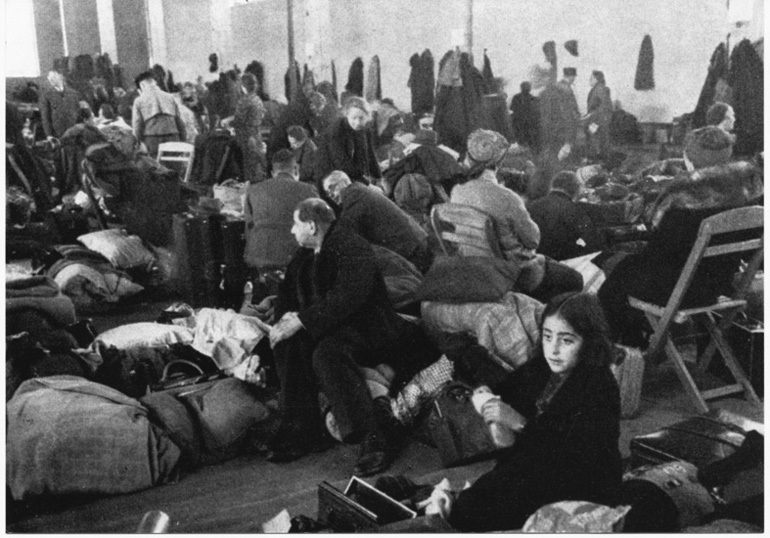Abstract
Until 1941, the Nazi regime pursued the goal of a “Jew-free German
Reich” through mass deportations and expulsions. Between October 1939
and January 1940 alone, 78,000 Austrian and Czech Jews were forcibly
resettled in the Polish district of Lublin. In certain cases, German
Jews were also deported to Western Europe. For example, in October 1940,
the Gauleiters of Baden and Saarland-Pfalz organized the deportation of
6,500 Jews to occupied France. At the same time, the “Reich Center for
Jewish Emigration” (which was set up in the interior ministry after
Kristallnacht) worked to promote
Jewish emigration out of the Reich. But with the German invasion of the
Soviet Union in the summer of 1941, Nazi Jewish policy in the German
Reich took a dramatic turn. As of October 23, 1941, Jews living in the
German Reich or in occupied areas were prohibited from emigrating. They
were no longer to be driven out of the German sphere of power; rather,
they were to be transported en masse
to the occupied areas of Eastern Europe for the “final solution of the
Jewish question.” The systematic “resettlement” of Jews from the German
Reich began on October 16, 1941. Only a few weeks later, the first of
these Jews were killed in mass shootings near Kaunas (Lithuania) and
Riga (Latvia). Other German Jews, together with Jews from all over
Europe, were either deported to ghettos in the east or sent directly to
concentration and extermination camps. According to data assembled by
the “Reich Union of Jews,” 164,000 Jews were living in the old German
Reich in October 1941. By July 1944, only an estimated 14,500
remained.
